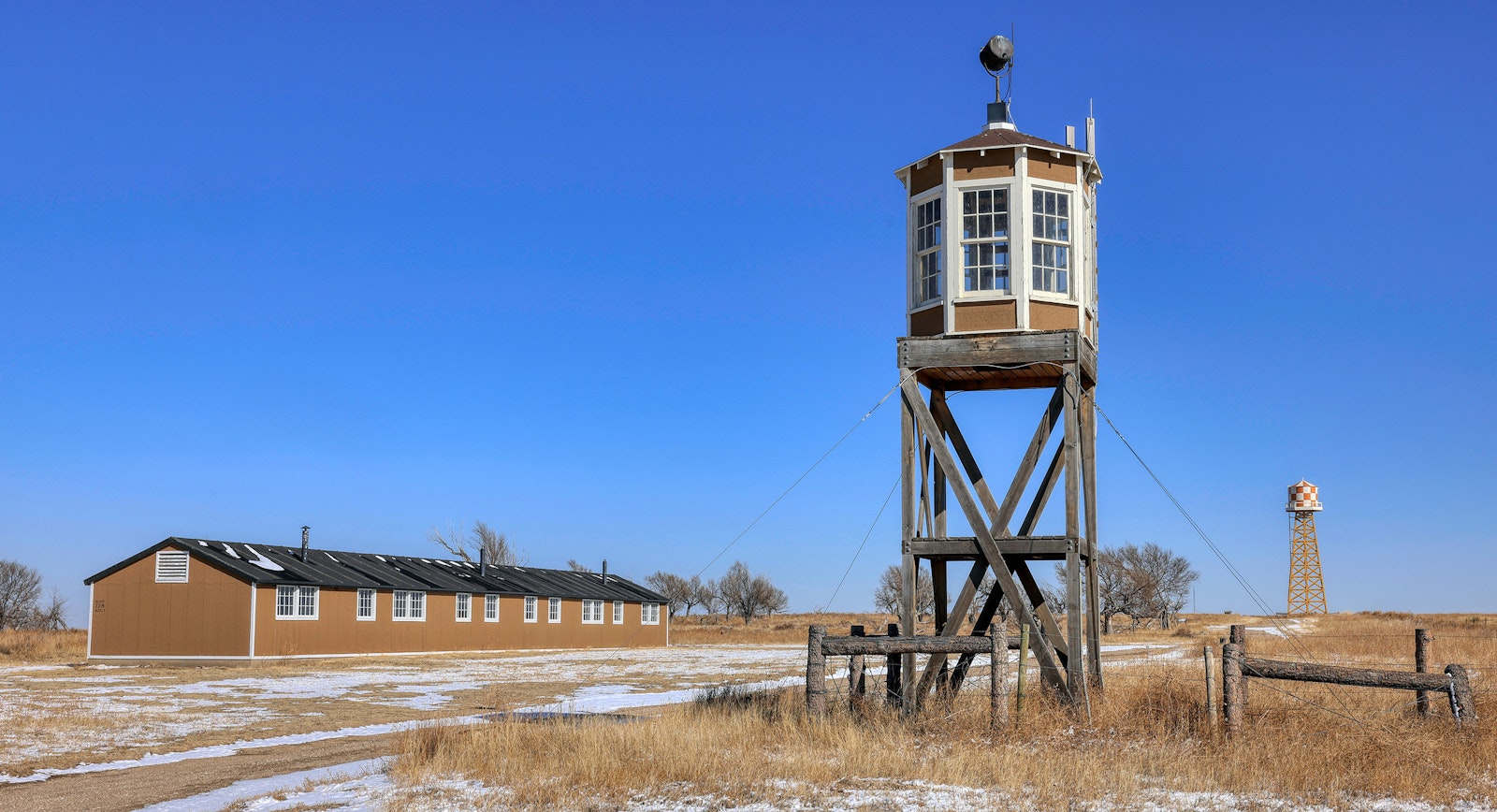
.
.
Amache National Historic Site
Amache, also known as the Granada Relocation Center, was one of 10 incarceration sites established by the War Relocation Authority to detain Japanese Americans who were forcibly removed from their homes on the West Coast of the United States during World War II. Operated under the terms of Executive Order 9066 from 1942-1945, over 10,000 people of Japanese ancestry, two-thirds of them American citizens, passed through Amache. At its peak population in 1943, 7,310 people were detained in Amache, making it the tenth largest city in Colorado at the time.
Though the original buildings associated with the incarceration site were removed or demolished after Amache closed in 1945, Amache represents one of the most intact examples of a World War II incarceration site. Today, Amache National Historic Site consists of a historic cemetery, a monument, concrete building foundations, the historic road network, and several reconstructed and rehabilitated structures from the camp era.
The designation of the Amache National Historic Site is an important step in telling a more complete story of the Japanese American incarceration during World War II. Many survivors, their descendants, and the Amache Preservation Society were instrumental in obtaining the initial National Historic Landmark designation and advocating for the site to become part of the National Park System.
Park Updates
-
UpdateNPF Invests $5.8 Million in Service Corps Program